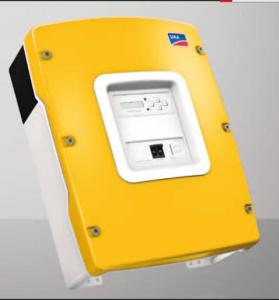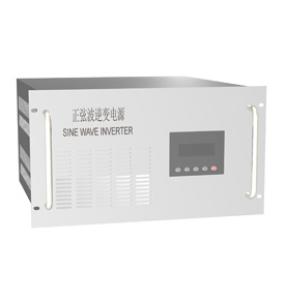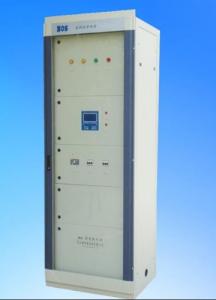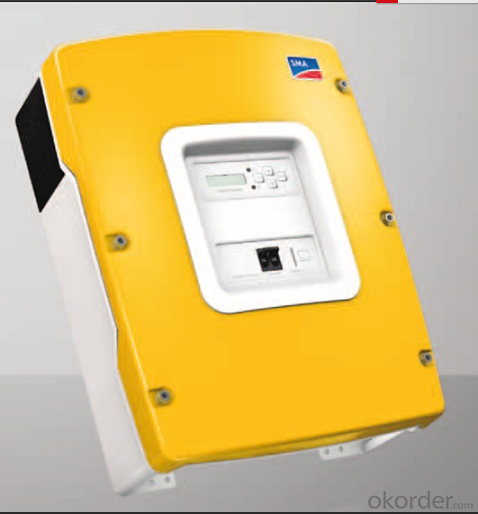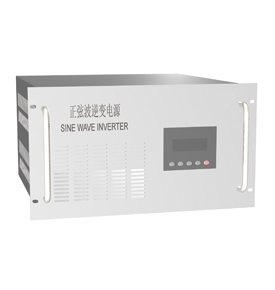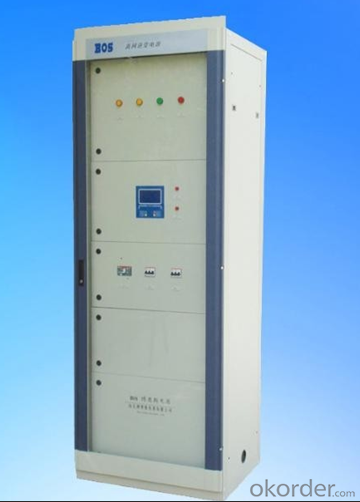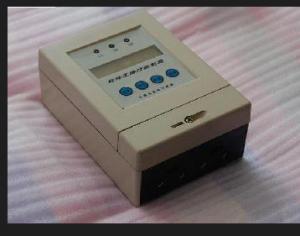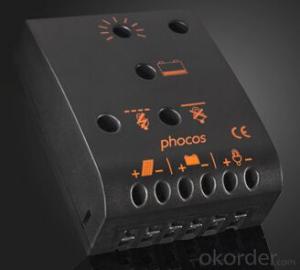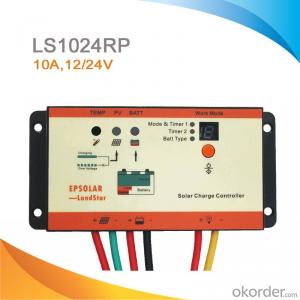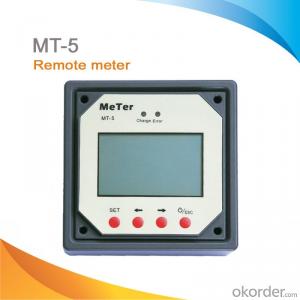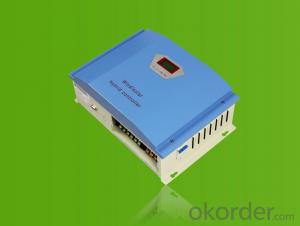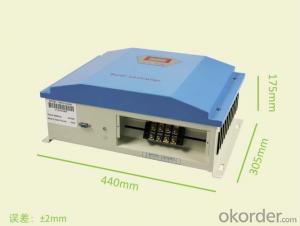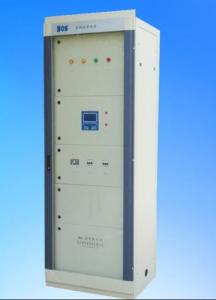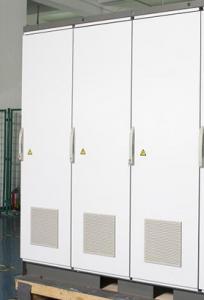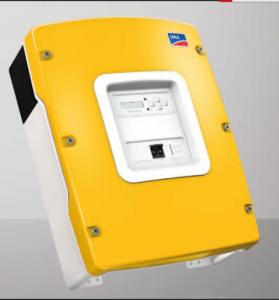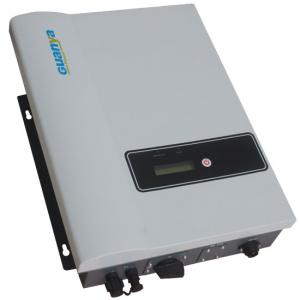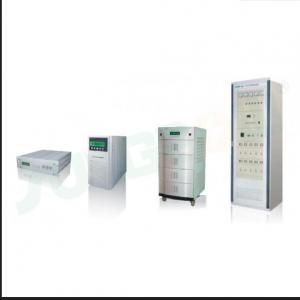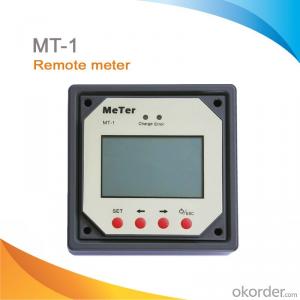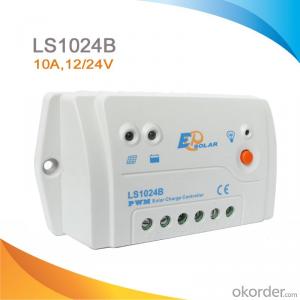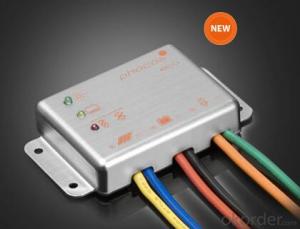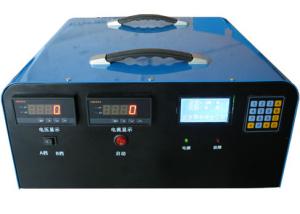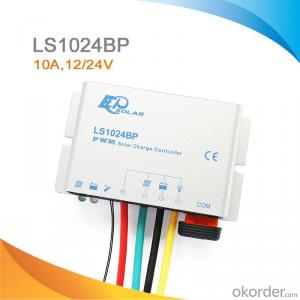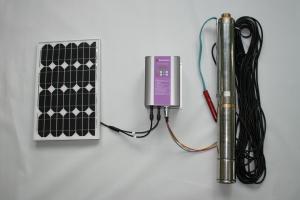Portable Solar Controllers PV Off-Grid Inverter GN-5KD with Good Quality from China
OKorder Service Pledge
OKorder Financial Service
You Might Also Like
Description:
CNBMSOLAR is a world-leading and Vertical integrated manufacturer of high-performance with Silicon,
Wafer, Cells, Modules, which convert sunlight into electricity for residential, commercial, and utility-scale
power generation.
The capacity of CNBMSOLAR is reach to 1GW, and make sure each year our shipment capacity is more
Than 700-800MWs, at the same time, we have set up the largest solar power station with our partner
in Ukraine.
CNBM is a Quality + Service oriented company with“Excellence at Each Step” approach, composed of
the finest components from TUV and IEC-certified partners around the world, CNBM modules consistently
undergo a variety of trials at the company’s Test & Development Centre, ensuring peak performance
capabilities. The company is committed to develop and provide the world with clean and renewable energy
to ease the energy shortages as well as human kind’s impact on the environment.
Data:
Model | GN-5KDS | ||
DC input | Rated Voltage(VDC) | 220Vdc | |
Low Voltage(VDC) | 43.2Vdc | ||
Low Voltage Resume (VDC) | 50.4Vdc | ||
Load Overvoltage(VDC) | 70Vdc | ||
Grid input | input rated voltage | 220Vac | |
Input Voltage range | 220Vac±15% | ||
Input frequency | 50Hz | ||
switching mode | Static switch optional,inverting priority | ||
switching time | <10ms | ||
AC output | rated capacity | 5kVA | |
rated power | 4kW | ||
rated output voltage | 220Vac | ||
Output voltage stable precision | 220±3%Vac | ||
Output frequency | 50Hz | ||
Output frequency precision | 50±0.2Hz | ||
overload ability | 120%,1 min | ||
output waveform | Pure sine wave | ||
THD | ≤5% | ||
Dynamic Response(0~100%) | 5% | ||
Power factor | 0.8 | ||
Crest Coefficient(CF) | 3:1 | ||
Inverter Efficiency | ≥85% | ||
Continuous running time | continuous running | ||
Insulation strength(inout and output) | 1500Vac,1min | ||
protection functions | DC voltage, dc current, voltage, utility line frequency, output voltage, output current, output frequency, output power | ||
display | LCD | ||
temperature | -20~+50℃ | ||
humidity | 0~95%(No condensation) | ||
Noise | ≤50(Db/M) | ||
operating alititude | ≤3000m | ||
Reference Dimensions(d\w\h mm) | 550*480*800mm | ||
Reference weight(Kg) | 128.0kg | ||
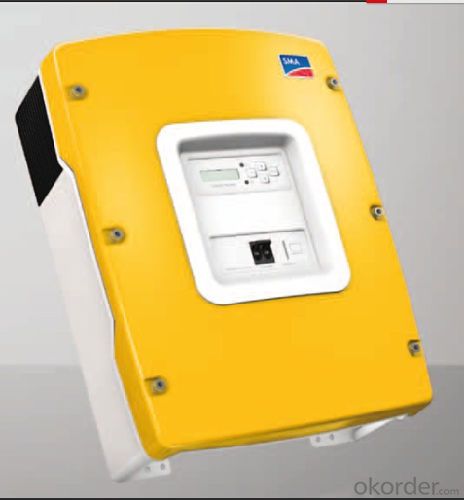
FAQ:Pls introduce more about CNBM
CNBM Group is short for China National Building Materials Group Corporation, which is established in 1984 with approval from the State Council
CNBM Group is the largest comprehensive building materials industry group in China
The Group has a total asset of over RMB 360 billion, more than 180,000 employees and 17 subsidiaries
- Q: Can a solar controller be used with solar-powered smart city infrastructure?
- Solar-powered smart city infrastructure can indeed utilize a solar controller. This device, also referred to as a charge controller or regulator, plays a crucial role in a solar power system. Its primary function involves regulating the voltage and current from the solar panels to effectively charge the batteries and prevent overcharging. When it comes to solar-powered smart city infrastructure such as streetlights, traffic signals, or surveillance systems, a solar controller becomes even more essential. It plays a pivotal role in managing the energy generated by the solar panels, ensuring proper storage in the batteries and releasing it as required to power the smart city devices. Moreover, a solar controller offers additional functionalities that prove advantageous for smart city infrastructure. Advanced models, for instance, come equipped with built-in communication capabilities, enabling them to connect to a central monitoring system. This facilitates real-time monitoring of the solar power system's performance, encompassing battery voltage, charging status, and other vital parameters. Such data plays a critical role in maintaining and optimizing the operation of smart city infrastructure. To conclude, a solar controller not only harmonizes with solar-powered smart city infrastructure but also serves as a vital component in guaranteeing efficient energy management and optimal performance of the entire system.
- Q: What is the maximum voltage drop allowed between the solar panels and the batteries?
- The maximum voltage drop allowed between the solar panels and the batteries depends on the specific system and its components. Generally, it is recommended to keep the voltage drop as low as possible, ideally below 3% to ensure efficient power transfer and minimize energy loss. However, it is best to consult the manufacturer's specifications and guidelines for the specific solar panels and batteries being used to determine the maximum allowable voltage drop.
- Q: How does a solar controller handle battery overvoltage disconnect recovery?
- A solar controller handles battery overvoltage disconnect recovery by implementing a specific set of functions and features. When the battery voltage exceeds a certain threshold, the controller's overvoltage disconnect feature is triggered, which disconnects the charging source (solar panel) from the battery to prevent any further charging. Once the overvoltage disconnect is activated, the solar controller enters a recovery mode. During this period, the controller continuously monitors the battery voltage to ensure it drops below a safe level before reconnecting the charging source. This is important to protect the battery from potential damage caused by excessive voltage. The recovery process typically involves a gradual reconnection of the charging source to the battery. The controller may employ a time-delayed reconnection mechanism, allowing the battery voltage to stabilize and reduce to a safe level before resuming the charging process. This helps avoid any sudden voltage spikes that could harm the battery. Additionally, some solar controllers may incorporate a soft-start feature during the recovery phase. This means that instead of immediately delivering the full charging current to the battery, the controller starts with a lower current and gradually increases it until reaching the desired charging rate. This gentle approach prevents any abrupt shocks to the battery caused by a sudden surge in charging current. Overall, a solar controller's battery overvoltage disconnect recovery mechanism ensures the safe and efficient charging of the battery by carefully monitoring its voltage and implementing gradual reconnection strategies to prevent any further overvoltage situations.
- Q: What is the maximum number of load control modes supported by a solar controller?
- The maximum number of load control modes supported by a solar controller can vary depending on the specific model and brand. However, most modern solar controllers typically support around 4 to 5 load control modes.
- Q: Can a solar controller be used with solar-powered remote weather stations?
- Yes, a solar controller can be used with solar-powered remote weather stations. A solar controller is essential in regulating and optimizing the charging of batteries connected to solar panels. It helps manage the flow of energy from the solar panels to the batteries, ensuring efficient charging and preventing overcharging or damage to the batteries. This is particularly important for remote weather stations that rely on solar power, as it helps maintain a consistent and reliable power supply for continuous operation.
- Q: Can a solar controller be used with a solar generator?
- Yes, a solar controller can be used with a solar generator. A solar controller, also known as a charge controller, regulates the flow of electricity between the solar panels and the battery in a solar generator. It prevents overcharging and extends the battery's lifespan. Therefore, using a solar controller with a solar generator is essential to ensure efficient and safe operation.
- Q: Can a solar controller be used with a solar-powered electric vehicle charging station for public use?
- Yes, a solar controller can be used with a solar-powered electric vehicle charging station for public use. A solar controller helps regulate the flow of electricity from the solar panels to the charging station, ensuring efficient charging and protecting the batteries from overcharging. It also allows for monitoring and control of the charging station's performance.
- Q: Can a solar controller handle power fluctuations from appliances?
- Yes, a solar controller can handle power fluctuations from appliances. Solar controllers are designed to regulate and stabilize the power output from solar panels to ensure a steady flow of energy to connected appliances. They have built-in protection mechanisms like voltage regulation, overcurrent protection, and temperature control, which allow them to handle fluctuations in power demand and supply effectively. Additionally, some advanced solar controllers also offer features like load control and power optimization to further manage and accommodate power fluctuations from appliances.
- Q: How does a solar controller prevent overloading of batteries?
- A solar controller prevents overloading of batteries by continuously monitoring the charge level of the batteries and regulating the flow of energy from the solar panels. It ensures that the batteries receive only the optimal amount of energy required to charge them, preventing excessive charging and potential damage to the batteries.
- Q: What is the role of a solar controller in preventing damage to the solar panels from power surges?
- The prevention of damage to solar panels from power surges is of utmost importance, and this is where the solar controller comes into play. Referred to as a charge controller as well, it acts as an intermediary between the solar panels and the battery or power grid. Its main objective is to ensure that the energy produced by the panels is stored or used efficiently and securely. One crucial function of the solar controller is safeguarding the solar panels from power surges. These surges occur when there is a sudden surge in voltage, which may be caused by lightning strikes, fluctuations in the power grid, or other external factors. These unforeseen events can have detrimental effects on the delicate electronic components of the solar panels, greatly reducing their lifespan or rendering them completely useless. To prevent damage from power surges, the solar controller effectively manages the flow of electricity from the panels to the battery or grid. It expertly regulates the voltage and current levels, ensuring they remain within safe parameters. When a power surge is detected, the controller acts as a protective barrier, effectively blocking the surge from reaching the vulnerable solar panels. Moreover, many solar controllers are equipped with built-in surge protection devices, including surge arresters or metal oxide varistors (MOVs). These devices are designed to absorb excessive voltage spikes and redirect them away from the panels, providing an extra layer of protection against potential damage. In summary, the role of the solar controller in preventing damage to solar panels from power surges is to maintain control over the flow of electricity and shield the panels from sudden increases in voltage. By acting as a protective barrier and incorporating surge protection devices, the controller ensures the long-lasting performance and optimal functionality of the solar panels, ultimately maximizing the efficiency and effectiveness of the entire solar power system.
Send your message to us
Portable Solar Controllers PV Off-Grid Inverter GN-5KD with Good Quality from China
OKorder Service Pledge
OKorder Financial Service
Similar products
Hot products
Hot Searches
Related keywords
